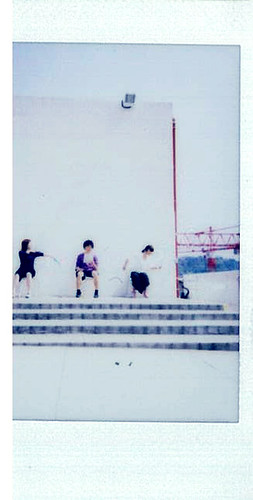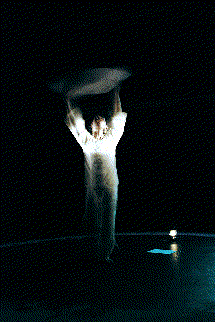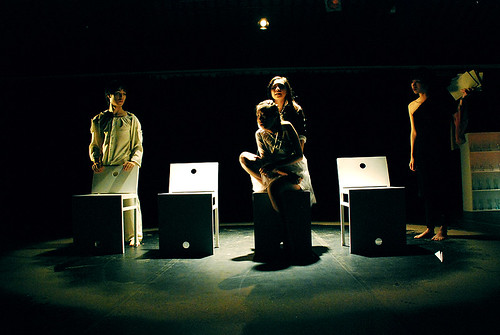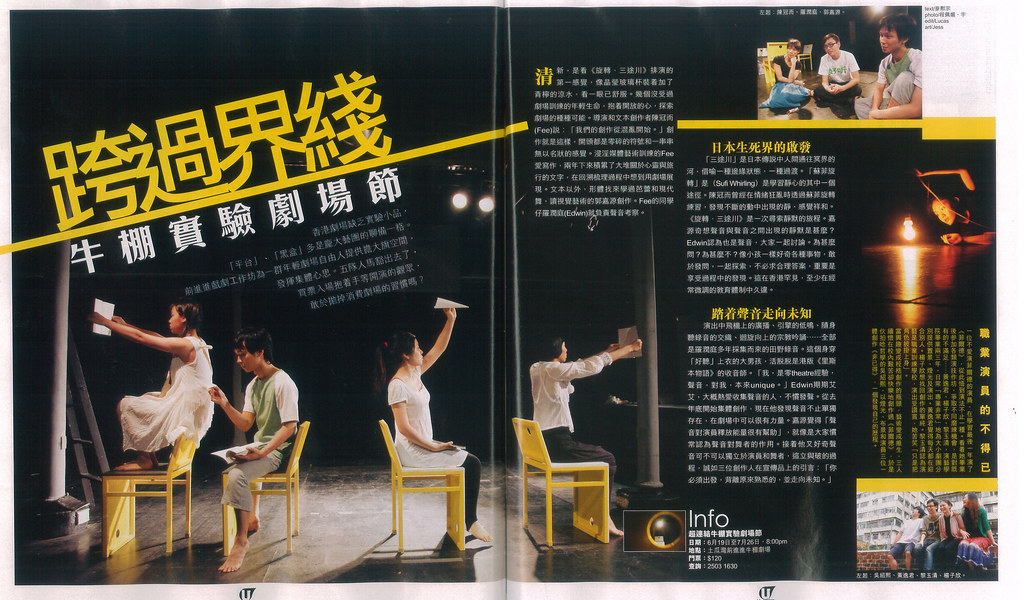
The inaugural Sidekick Theatre Festival 2009 is the talk of the town among fringe theater enthusiasts. Winnie Chau talks to five groups of theater devotees whose works will feature in the event.
With all the international productions that arrive in Hong Kong each year, it can be easy to forget that our city has its very own flourishing theater scene. In celebration of our local acting community, On & On Theatre Workshop has produced a big-scale homegrown theater event: Sidekick Theatre Festival 2009, where local small theater collectives present their scripts to a judging panel, which picks five outstanding submissions to be performed live onstage. Co-organized by the Hong Kong Arts Development Council and the International Association of Art Critics (Hong Kong), the festival aims to nurture young talents and provide guidance and resources to young theater enthusiasts who work as freelance performers.
But rather than the traditional director-led productions, the festival encourages applicants to work in groups of three to take charge of various roles, from sound and visuals to lighting and of course, acting. By the submission deadline in December last year, On & On had received over 50 proposals from theater enthusiasts of varying backgrounds. Here are the five productions that were eventually selected for performance at the Cattle Depot Artist Village for their strong experimental quality and compelling messages.
Tides in Limbo
“Tides in Limbo” is based on director-playwright Fee Chan’s travel journal during a solo trip to Turkey. It follows the story of a young girl, a traveler and a sound researcher, as they embark upon a physically and psychologically challenging journey across a strange terrain. To turn the script into a reality, Chan joined hands with sound artist Edwin Lo and dancer-actor Kwok Ka-yuen, whose job is to instruct the physical movements onstage. Together, the three explore the interaction of sound, movement and text. “We wanted to question whether language is an efficient means to express oneself,” says Chan. To do this, the team disconnected the actors’ dialogue and their movements to explore whether it’s body language or words that we really use to communicate.
Continue Reading →










